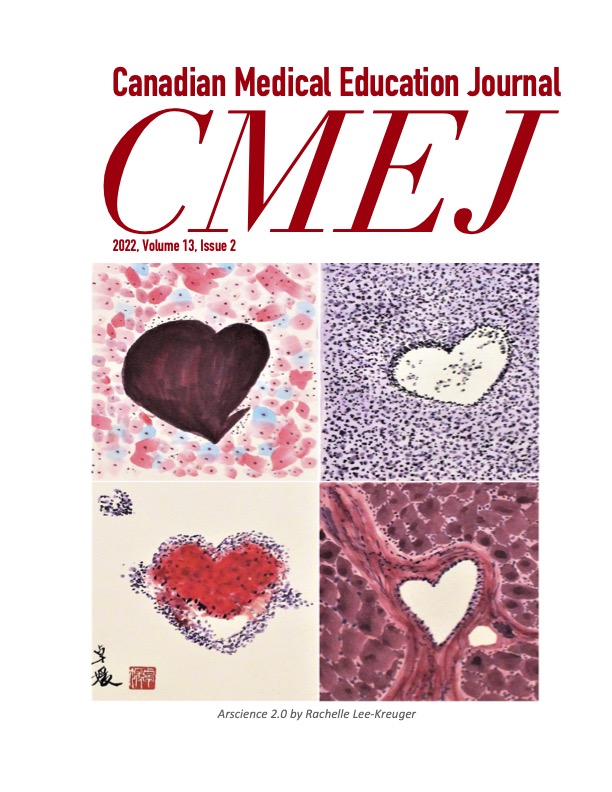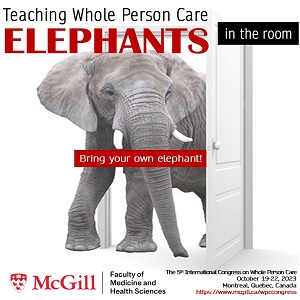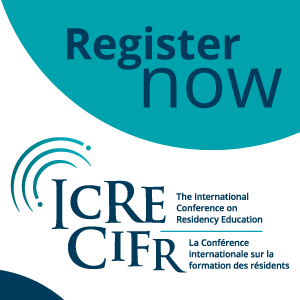Eight ways to get a grip on intercoder reliability using qualitative-based measures
DOI:
https://doi.org/10.36834/cmej.72504Abstract
The use of quantitative intercoder reliability measures in the analysis of qualitative research data has often generated acrimonious debates among researchers who view quantitative and qualitative research methodologies as incompatible due to their unique ontological and epistemological traditions. While these measures are invaluable in many contexts, critics point out that the use of such measures in qualitative analysis represents an attempt to import standards derived for positivist research. Guided by extant research and our experience in qualitative research, we argue that it is possible to develop a qualitative-based measure of intercoder reliability that is compatible with the interpretivist epistemological paradigm of qualitative research. We present eight qualitative research process-based guidelines for evaluating and reporting intercoder reliability in qualitative research and anticipate that these recommendations will particularly guide beginning researchers in the coding and analysis processes of qualitative data analysis.
Metrics
Downloads
Published
How to Cite
Issue
Section
License
Copyright (c) 2019 Nicholas Cofie, Heather Braund, Nancy Dalgarno

This work is licensed under a Creative Commons Attribution-NonCommercial-NoDerivatives 4.0 International License.
Submission of an original manuscript to the Canadian Medical Education Journal will be taken to mean that it represents original work not previously published, that it is not being considered elsewhere for publication. If accepted for publication, it will be published online and it will not be published elsewhere in the same form, for commercial purposes, in any language, without the consent of the publisher.
Authors who publish in the Canadian Medical Education Journal agree to release their articles under the Creative Commons Attribution-Noncommercial-No Derivative Works 4.0 Canada Licence. This licence allows anyone to copy and distribute the article for non-commercial purposes provided that appropriate attribution is given. For details of the rights an author grants users of their work, please see the licence summary and the full licence.












